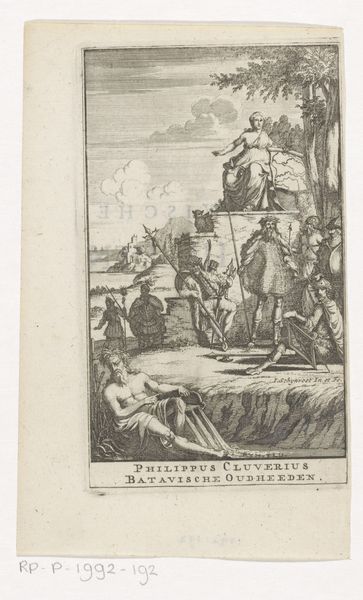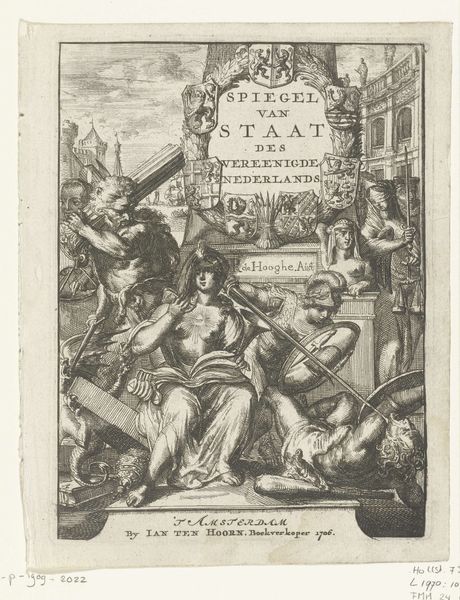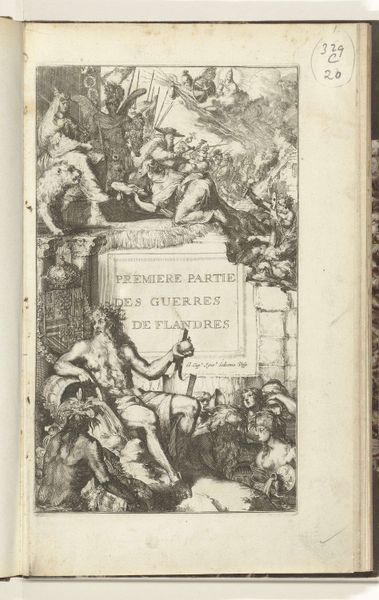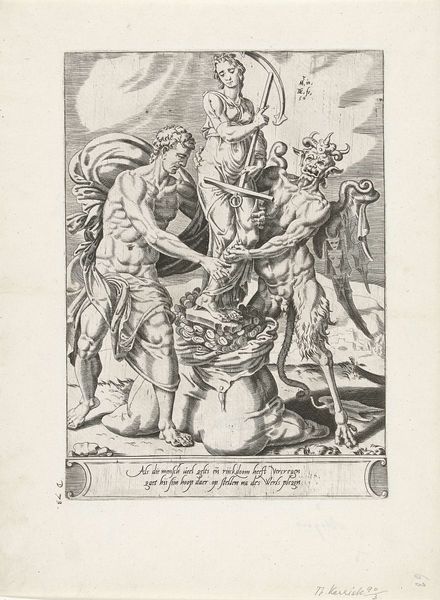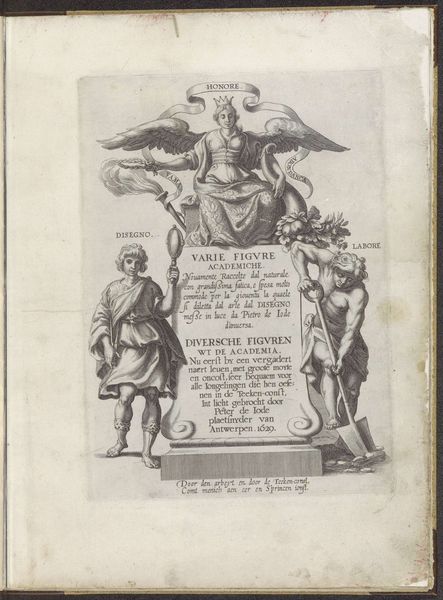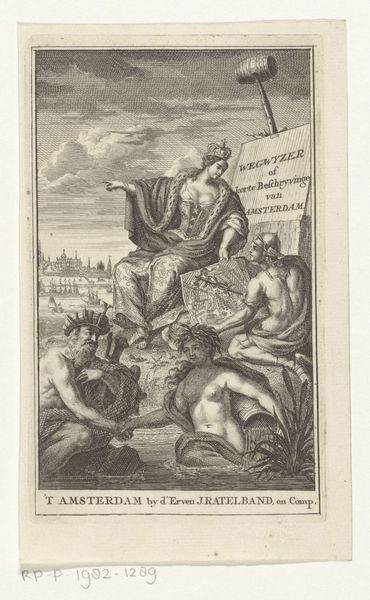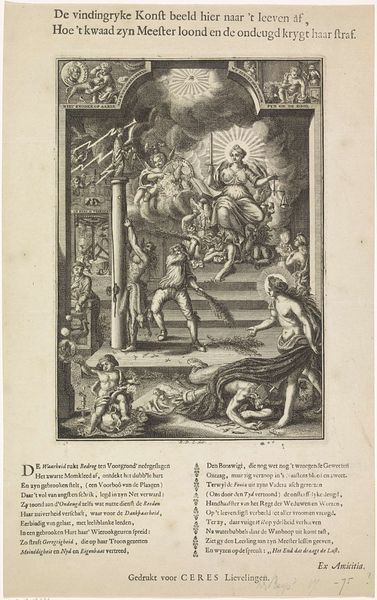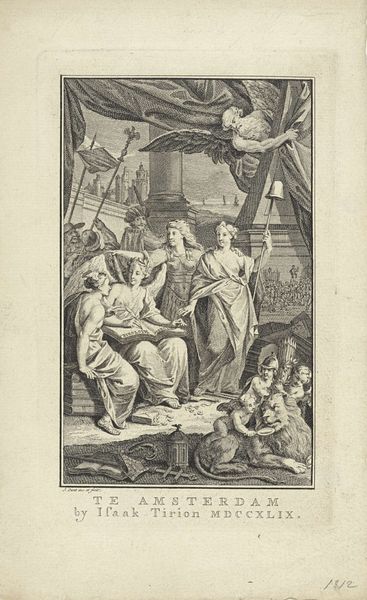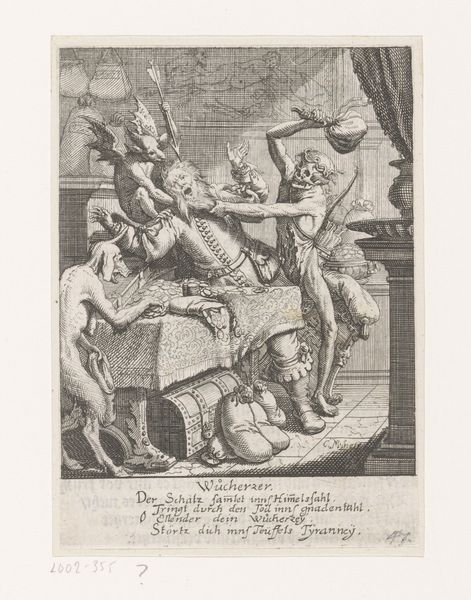
Titelpagina voor de Schouburgh der Nederlandse veranderingen, geopent in ses tooneelen, 1674 1674
0:00
0:00
print, engraving
#
allegory
#
baroque
# print
#
history-painting
#
engraving
Dimensions: height 223 mm, width 140 mm
Copyright: Rijks Museum: Open Domain
Editor: Here we have the title page for "Schouburgh der Nederlandse veranderingen, geopent in ses tooneelen," or "The Theatre of the Dutch Revolutions, Opened in Six Acts," created in 1674 by Romeyn de Hooghe. It's an engraving, and there's this distinct Baroque theatricality about it. How do you interpret this work? Curator: This piece, brimming with allegory, is a potent reflection of the Dutch Republic's self-image and its complex relationship with its own history. I see an attempt to legitimize the Dutch revolt against Spanish rule by casting it as a performance on the world stage. Editor: Performance? Can you elaborate? Curator: Look at how de Hooghe uses classical figures. What power structures are being referenced? Who gets to participate in the performance of nationhood and citizenship, and on whose terms? Editor: I see a figure holding what looks like a caduceus. Is that Mercury? It seems he’s leading another, nude, figure. Curator: Exactly. By invoking these figures, de Hooghe situates Dutch history within a longer lineage, lending it gravity and importance. But who is excluded from this narrative, and what biases might be embedded within this seemingly triumphant portrayal? The representation of nudity and gender in the artwork is quite intriguing, could we discuss more about how this adds additional layers of historical narrative? Editor: That’s true; the nude female figure is rather jarring. She appears almost subservient to the more dominating clothed figures around her. Thank you for expanding the conversation. Curator: My pleasure! It’s critical that we consider art not in isolation, but within a matrix of social, political, and historical forces. Understanding those connections is essential for interpreting the messages embedded within these artworks.
Comments
No comments
Be the first to comment and join the conversation on the ultimate creative platform.
